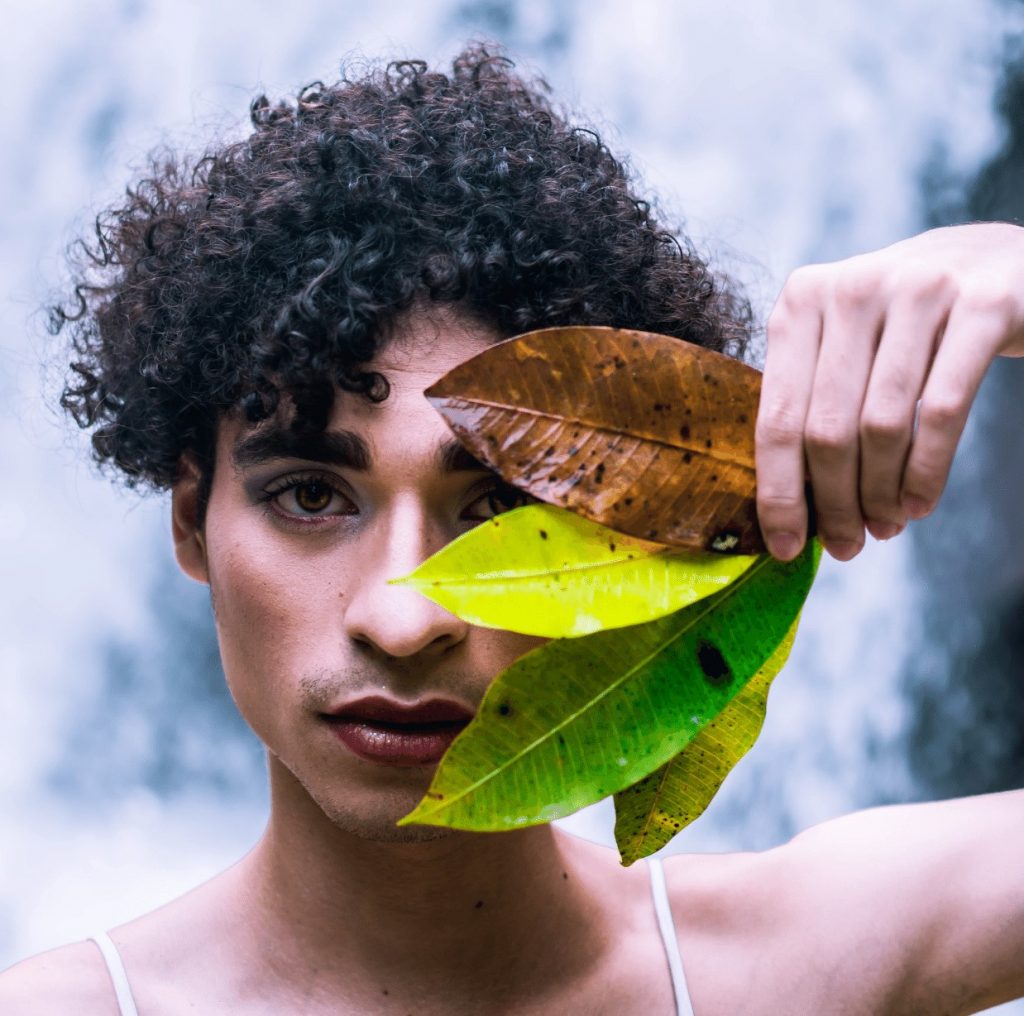
Photo credit: Jorge Saavedra
Yesterday, I read a fierce tweet by a trans activist of color. They wrote snidely and cynically and with just a few characters, demolished the very act of allyship by shrinking it down to a selfish act that only intends to make the ally feel better about themselves. White people and heterosexuals are often accused of their allyship being merely a performative act, which just doesn’t cut it. Many times, it’s deeper than that.
The vitriol of this tweet disturbed me. It seems allyship is not always appreciated. There is resentment from both sides when a heartfelt gesture of allyship is perversely distorted. Oppressed communities often feel certain that outsiders don’t, won’t and can never, “really understand their struggles.”
Often, they are exactly right. A white anti-racist ally will always be white and no matter what they do to understand, they can never fully understand. And, a non-trans ally will never be trans. However, there are so many places in between. What if an ally genuinely has a sixth sense for recognizing when something is just not right? What if they can smell the toxicity of hatred, injustice and bigotry in the air? A true ally’s heart is compelled to point out what’s wrong, even if that’s all they do. Allyship is refusing to mind one’s own business while others suffer.
Obviously, allyship doesn’t always come naturally. It can be messy and awkward at times, despite the best intentions. But how can anyone dismiss a person who cares so much that they are willing to take on the sticky pain, cruelty and isolation of a group of which they do not even belong? To be an ally is risky and vulnerable and not to be taken lightly.
Many of my best years in New York City were spent loving, dancing and confiding in my trans friends. In those days, the word “trans” was never spoken. There was only adoration for all of the parts of them that mattered. Even then, I was an accidental ally although my naivete knew nothing of the hurt, stigma, violence and ostracism that is part of the trans experience. Nonetheless, I felt deeply connected to the best parts of who they were and how they made me feel.
Who knew those years would linger, inspiring me to write a love story where a transman enjoys visibility and an opportunity to tell his story on his own terms? As I looked deeply into another’s lived experience, I discovered how much we are all the same. Yearning for love, acknowledgement and the right to live safely in our own skin shouldn’t be so much to ask. But it is.
I won’t feel discouraged by that snarky little tweet. But I will fervently resist the notion that non-conforming people feel they must push others away, dismissing their efforts, unable to accept gifts of shared humanity. I want a world where allyship is seen as the sacred act of the heart that it is. Yes, allyship has many faces. Some litigate and defend, others write and expose, while others choose to march and protest. And, many simply write a check. But all are doing something, in a world where too many do nothing. How would it be if all of us could admit that we don’t know all there is to know? What if we courageously create community, forgiving the blind spots?
Those of us on the fringes who teeter on the intersectionality’s of race, gender, sexuality and identity can’t brave it alone. People need people. Caring deeply for others is the most precious human risk. A risk that none of us can live without.
Always an ally.